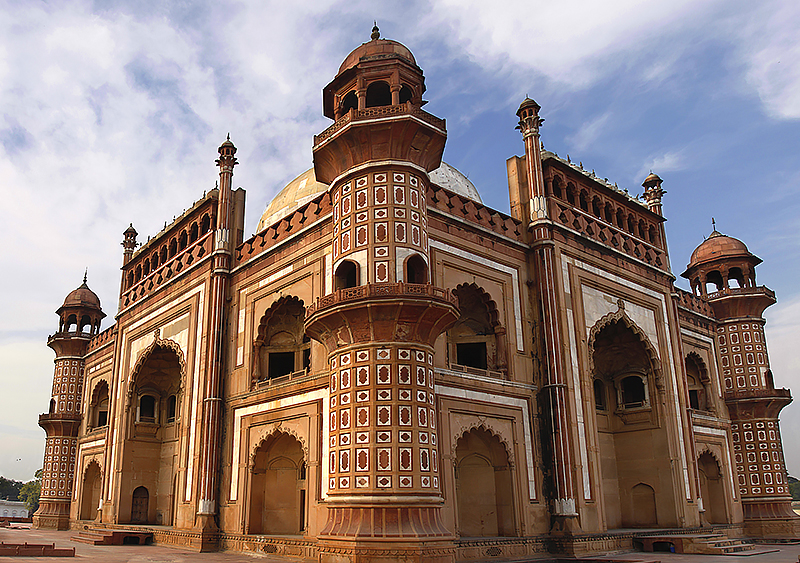Humayun (1508-1556) was the second of the Mughal emperors of India (see Mughal Empire ). He was a weak emperor and spent much of his reign in exile in Persia (now Iran) and Afghanistan. The Mughal Empire was unstable when he came to power; Humayun finally lost control of India for the Mughals after a series of battles with Farid Khan (later known as Sher Shah Suri), who ruled much of eastern India. Humayun regained the major Indian cities and the imperial throne just before his death in 1556.

Humayun was a much less able administrator, diplomat, and general than his enemies, and this helped his enemies to destabilize his empire and eventually depose him. He was not able to assert his control over the lands he had conquered, so he lost them as quickly as he had won them. His empire was also weakened by lack of money and power struggles with his brothers and other relatives, who ruled over parts of the empire. As well as being disloyal, most of Humayun’s relatives were also ineffective rulers. Despite his relatives’ disloyalty to him, Humayun repeatedly pardoned them when they revolted, allowing them to threaten his power again at a later date.
Humayun was the son of Babur, the founder of the Mughal dynasty (see Babur ). Humayun fought in the first Battle of Panipat in 1526, which established Mughal dominance over northern India. Before he died, Babur designated Humayun as his successor.
Humayun came to the throne in 1530, upon the death of his father. He conquered Gujarat and Malwa in the west but lost them the next year. While his attention was on the west, Farid Khan, an Afghan Muslim adventurer, was rising to power in the east, in Bengal and Bihar. Humayun was forced into a peace agreement with Farid Khan. In 1537, Humayun began his first campaign against Farid Khan. He nearly concluded a treaty with Farid Khan that would have made Bengal a dependent state under Farid Khan’s control, but these negotiations were broken off, and Humayun easily conquered Bengal. However, Farid Khan was a wiser general and politician than Humayun, and he remained a threat to Humayun.
In 1539, Humayun lost Bihar and Bengal to Farid Khan in a disastrous battle, barely escaping with his life. He was beaten again in 1540 when he attempted to suppress Farid Khan but failed miserably and lost his capital, Delhi, as well as his throne. Humayun fled the country after this disaster, and spent the next few years wandering in western India, looking for military support. He was unable to go to Afghanistan or the Punjab, because his brother had taken Humayun’s defeat as an opportunity to seize power there. Humayun eventually found asylum in Persia.
Humayun regained control of Afghanistan in 1545 with the help of the Persian king and military. This aid came under the condition that Humayun convert to the Shi`ah Muslim faith. Humayun had been a Sunni Muslim.
During Humayun’s exile, many of his enemies died and were replaced by weaker rulers, paving the way for his return. Farid Khan died in 1545 in an accidental explosion of gunpowder during a successful siege and, following his death, struggles among his successors weakened the empire Farid Khan had built. Humayun reconquered India and again rose to the throne in 1555. He died the next year after a fall from the stairs of his library. Humayun was succeeded by his son Akbar. Humayun’s tomb still stands in Delhi.
